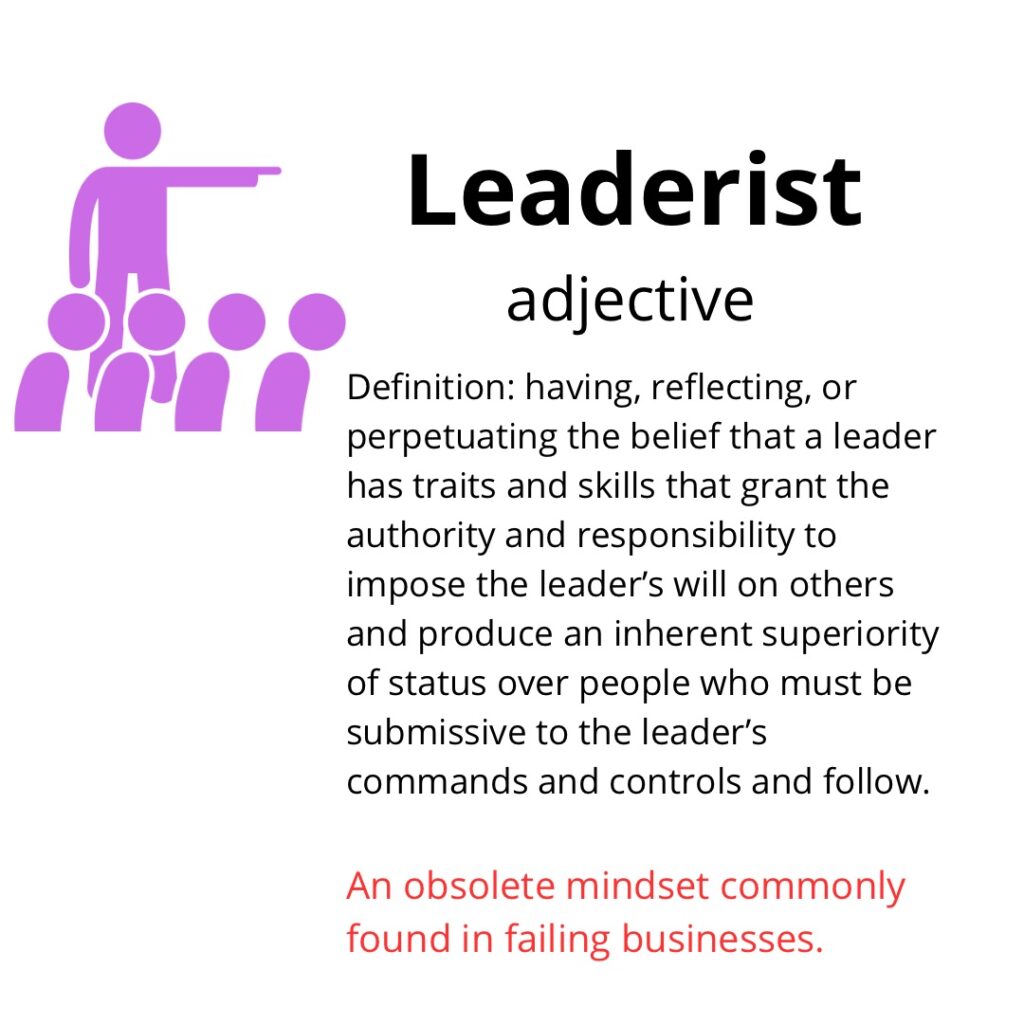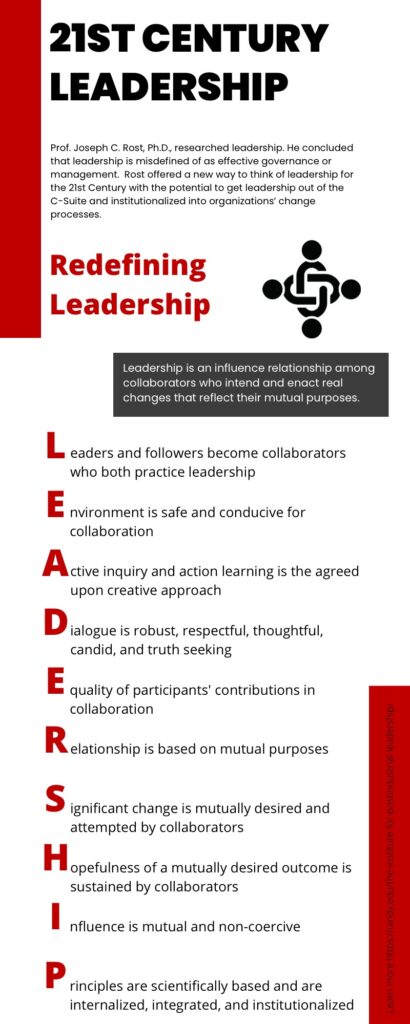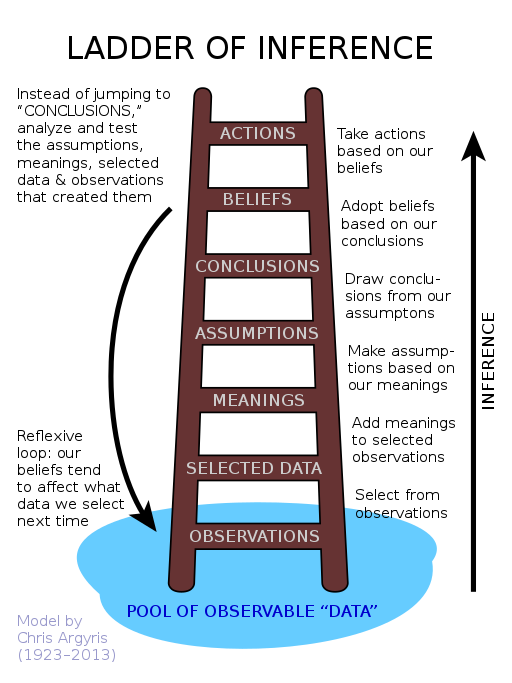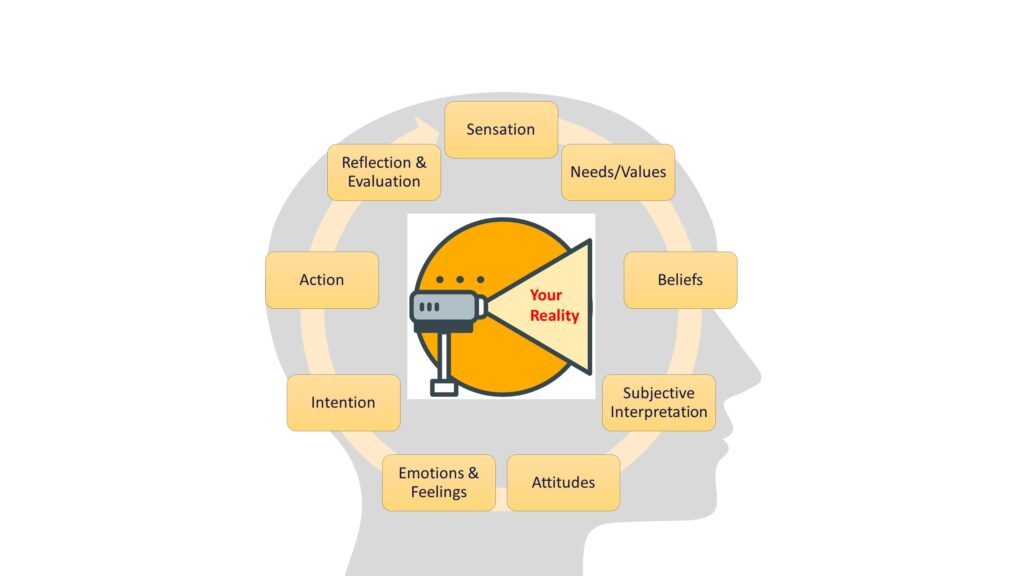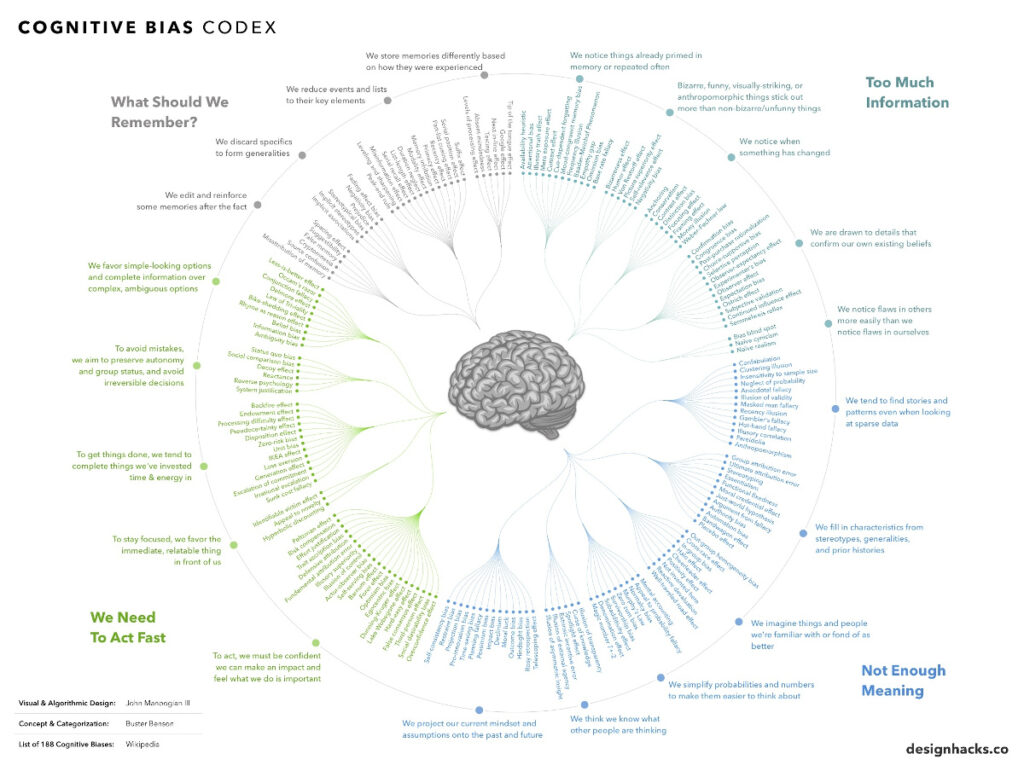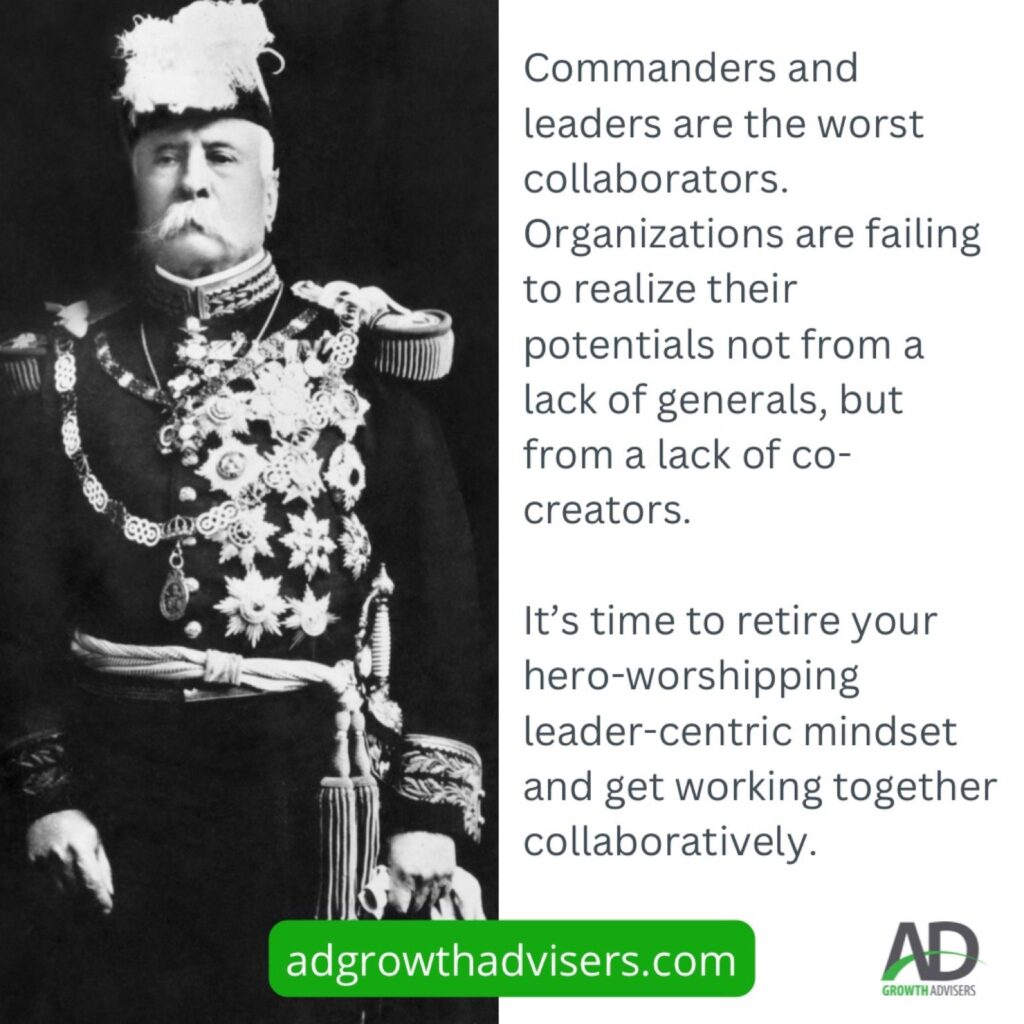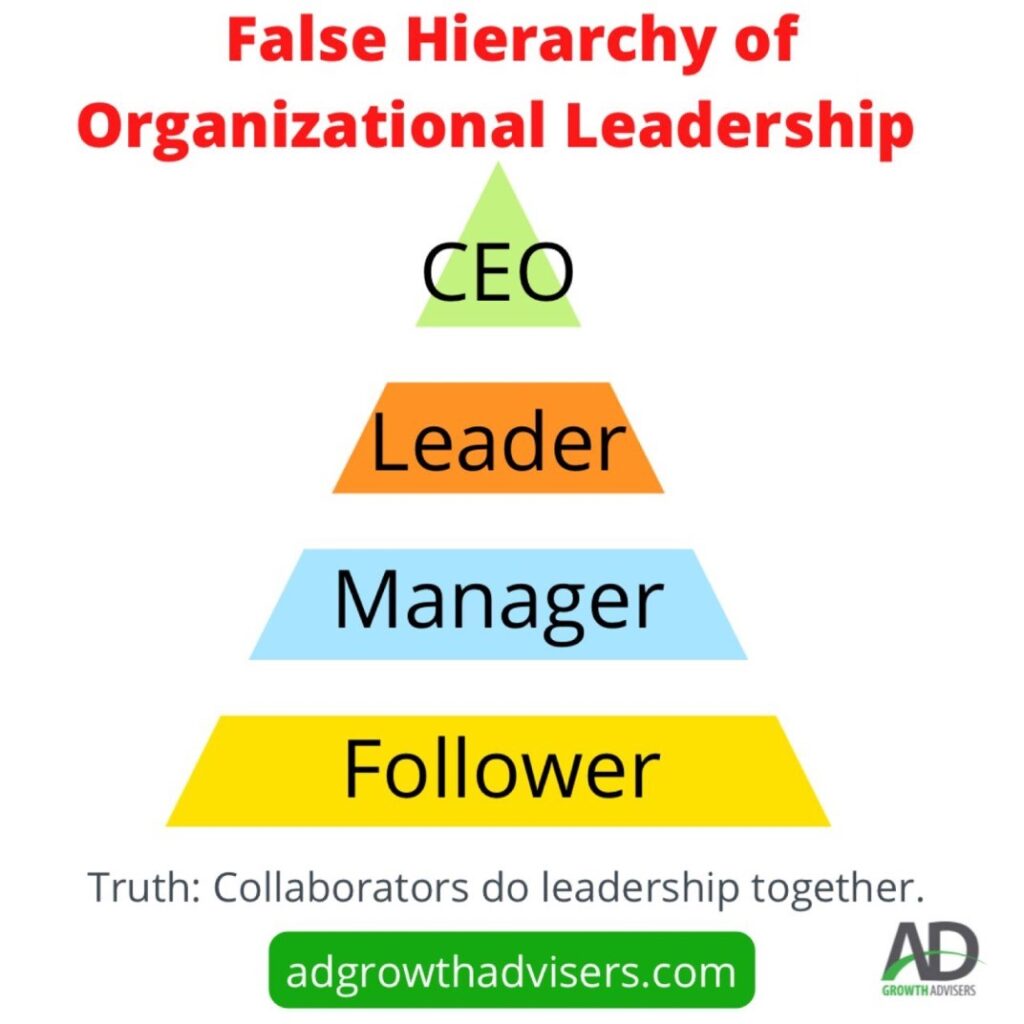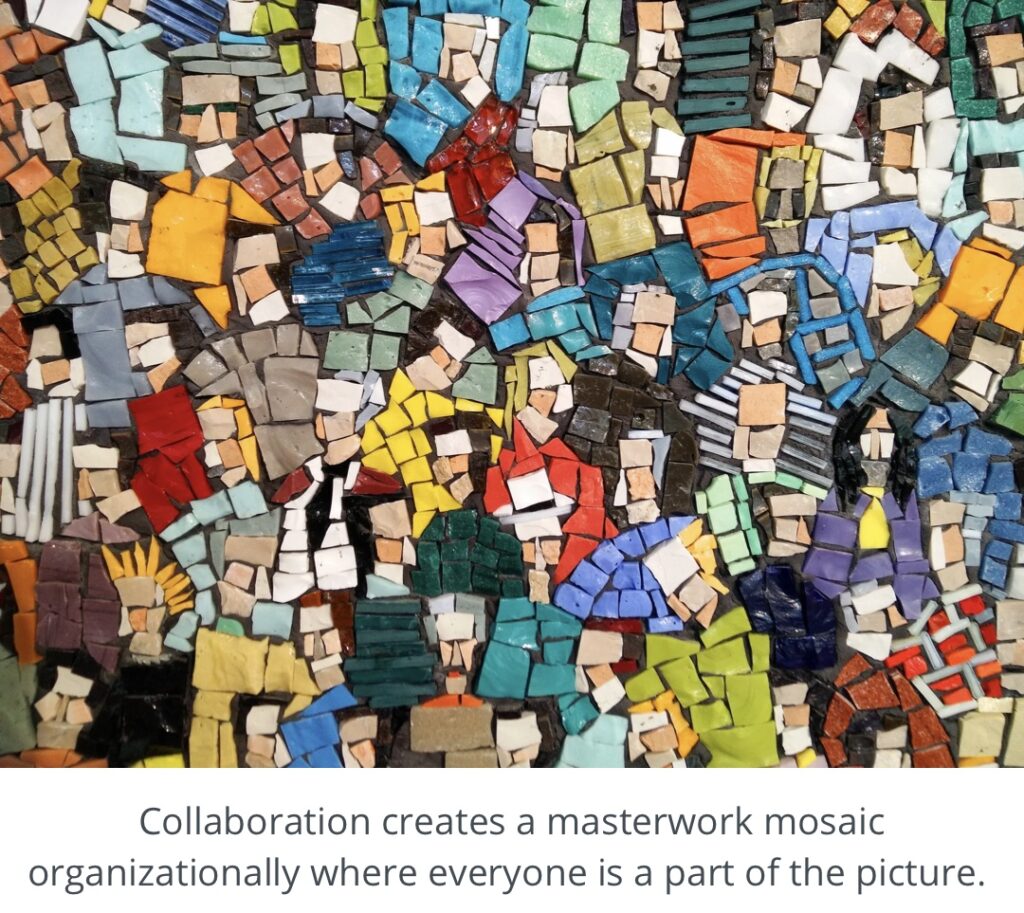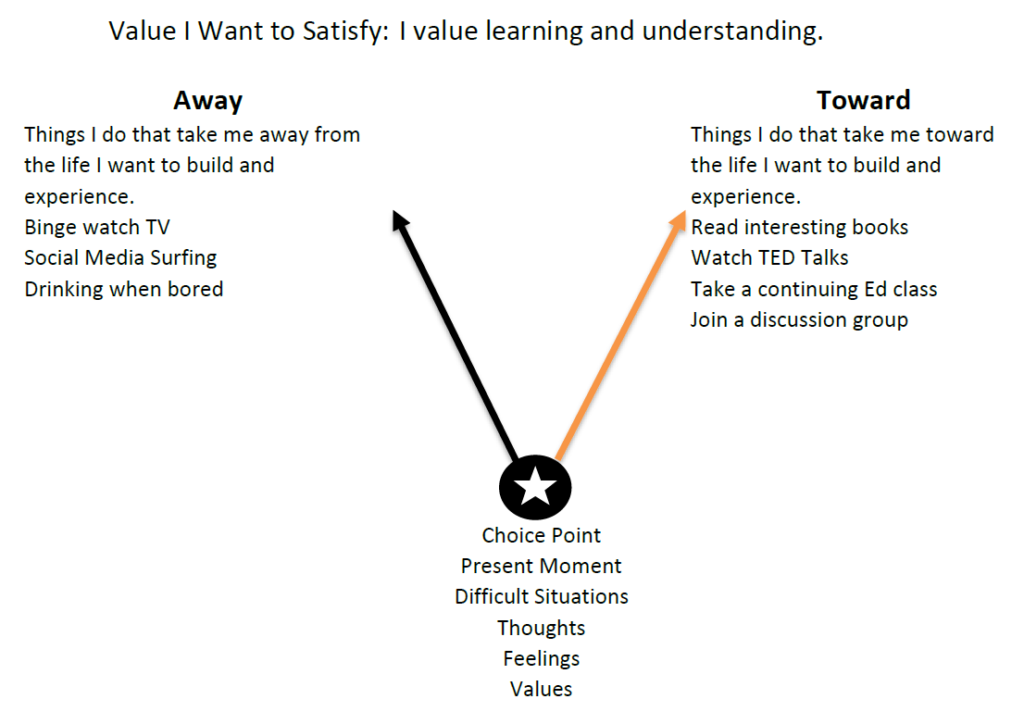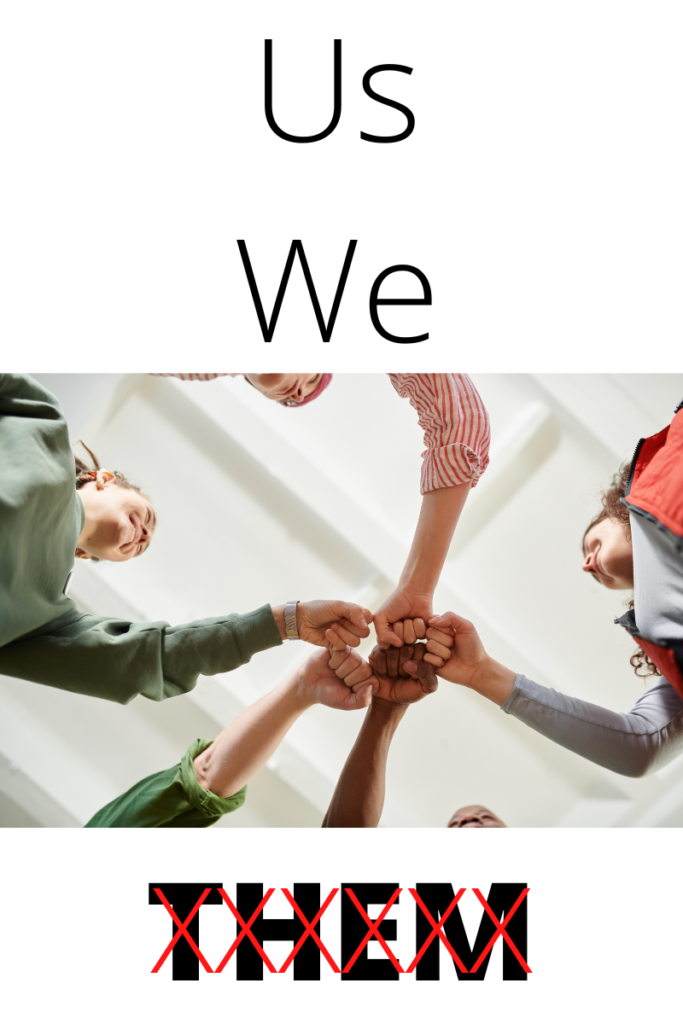
As a collaboration coach, I help workgroups and organizations become more effective collaborators. Unfortunately, many people misunderstand and misapply collaboration and never realize the full benefits of a collaborative approach to work and especially change leadership.
Hearing an organization cough up them
Medical doctors listen to ill patient’s describe their symptoms. The first symptom of organizational dysfunction I listen for is employees’ use of a particular four-letter word during my initial assessments. The symptomatic word is “them.” When I hear a Senior VP of Marketing referring to the Operations staff as “them,” it pings my consulting radar and as soundly as running headfirst into a concrete silo’s wall. Ouch! Everyday use of the word “them” to describe other organizational stakeholders inside or affiliated with the organization indicates that I am probably dealing with a four-letter organization, where collaboration is likely not a core competency. Four-letter companies manage functional verticals and view the organization’s purpose vertically. I typically find turf wars, information hoarding, conflicting priorities, and office politics in four-letter organizations.
Healthy We and Us
The opposite of a four-letter firm is a two-letter organization. Two-letter organizational cultures feature the words “us” and “we” in much of their interdepartmental conversations. Two-letter companies usually have fewer organizational silos and interdepartmental rivalries and conflicts. Two-letter companies have employees who are more unified in their identities and view the organization horizontally across functional areas in the same way as their customers. Silos and swim lanes are rare in two-letter companies and are fertile ground for collaboration to grow and thrive.
Collaboration can be an organization’s superpower
Why is collaboration an essential organizational competency in a highly competitive, complex, and complicated environment? According to years of academic research, collaboration is the most effective way to lead significant change.
Most people misdefine collaboration. Researcher Michael Winer defined collaboration as a mutually beneficial and well-defined relationship entered into by people or organizations to achieve common goals. The collaborative relationship includes a commitment to mutual relationships and goals; a jointly developed structure and shared responsibility; mutual authority and accountability for success; and sharing of resources and rewards. Cooperation and coordination are complementary yet distinctly different human processes from collaboration.
Collaboration depends on establishing and sustaining trust, shared vision, communication, and many other factors. Further academic research has identified 22 essential elements for effective collaboration. Collaboration is a potentially powerful game-changer for organizations that view the ability to be agile and successful in change initiatives as mission critical.
Watch your language
My first organizational lesson in creating collaboration as a competency is to sensitize participants to their language, referring to the other people they work with and their key stakeholders. We try to plant the seeds of a growing “us” and “we” organization while pulling the toxic weeds of “them.” Perhaps I should have my next client make a “them jar” and fine people who use that four-letter word to describe a fellow team member. 😊
There is only “us” in any organization. “We” have to figure out how to protect a unified “us” concept so as not to become distracted by intermural issues. If you are interested in creating a two-letter organization, I welcome a chance to talk more with you. I am happy to share how you can use The Science of Motivation® to improve collaboration. Let’s work together so your employees will work together better.
Views: 115
